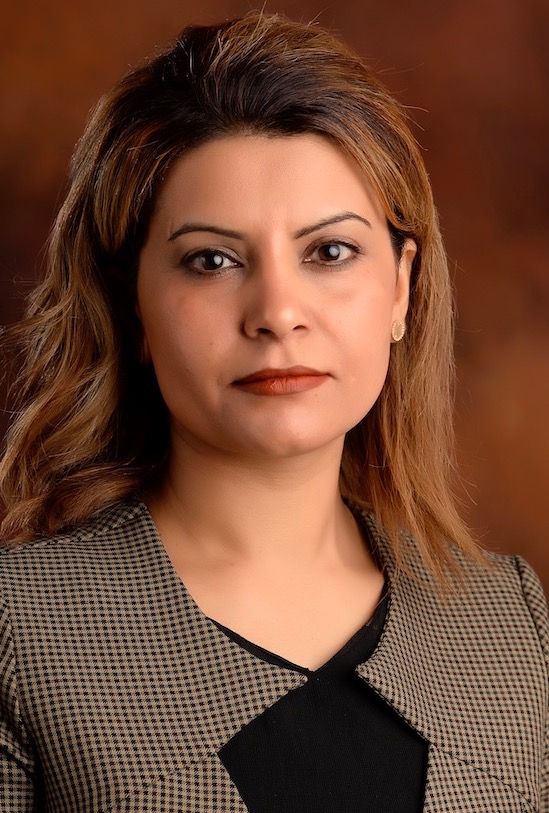STEM Shoutout: Dr. Sakineh Chabi
Dr. Sakineh Chabi named a 2019 Women in STEM award winner
Dr. Sakineh Chabi, an assistant professor of mechanical engineering at UNM, has been recognized as a 2019 Women in STEM award winner for her research proposal “Design and Synthesis of Artificial Leaf for Solar Fuel Generation.”
As we enter a period where renewable energy is becoming more popular it is asked how we can make these resources more efficient. Chabi is looking to artificial leaves for the answer.
“Artificial photosynthesis is a technology that uses sunlight to convert water and carbon dioxide into renewable fuels, such as hydrogen, methanol, and hydrocarbons. These fuels can be used directly as transportation fuels, raw materials for industry, or for electricity generation in fuel cells,” Chabi said.
Through this research Chabi also plans to address the scientific challenges faced by artificial photosynthesis including low efficiency, expensive catalyst, and cost.
“We seek to address these challenges by designing and synthesizing a fully integrated membrane-based artificial leaf,” Chabi said.
Through the Women in STEM award, Chabi’s project was awarded $10,000 to establish new lines of research and to develop research collaborations.
“I am very grateful to receive this award, and I appreciate the support by the Women in STEM committee. I plan to use this funding to test new materials and get preliminary data. The results will be used to support proposals to the NSF, and other agencies,” Chabi said.
Along with this, Chabi and her research group focus on processing multifunctional materials and designing innovative architectures that are useful for diverse applications. Along with the design of an artificial leaf, examples of their exemplary research projects include the design and synthesis of ideal 3D architectures for battery and super capacitors, and design of high performance polymers such as nano Kevlar and anti-ballistic advanced composites.
“Basically we want to boost the efficiency of these devices by designing new materials and new architectures,” Chabi said.
To learn more about Chabi’s work, visit her research group website here.

